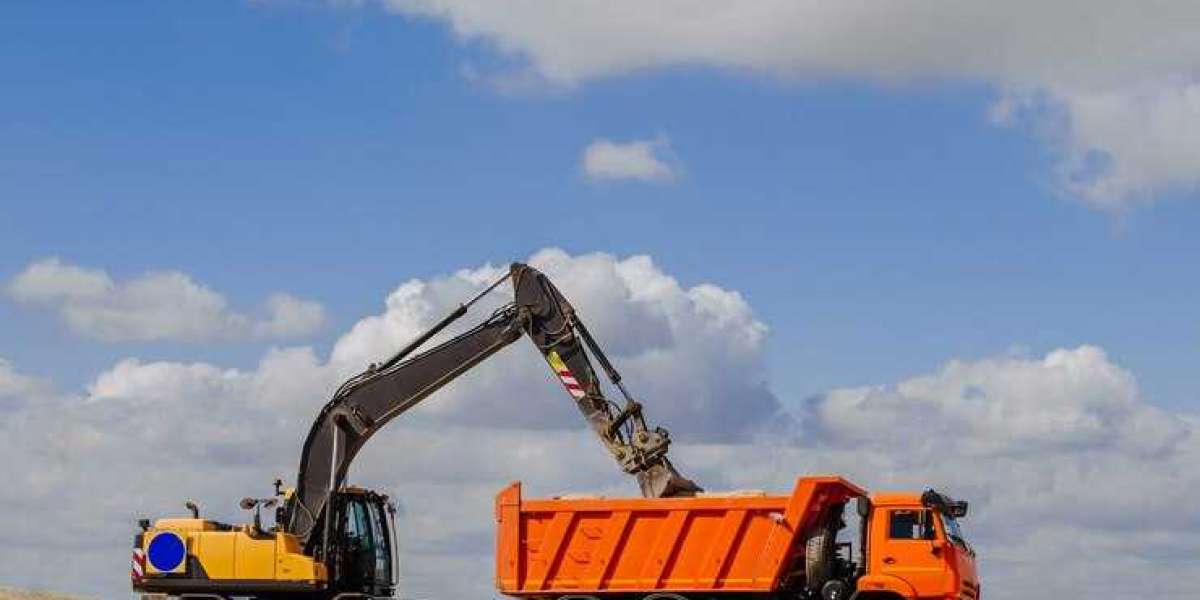Operating crane trucks is not an easy task. It requires skills and complete knowledge of safety protocols to prevent accidents. It ensures the safety of all personnel working on-site. Here are essential safety practices for operators to follow:
Training and certification
Before operating a crane truck, ensure you have received proper training and certification. Familiarise yourself with the model you will operate since different cranes have unique controls and handling requirements. Training is essential to keep your skills sharp and stay updated on safety regulations.
Pre-operation inspections
Always perform a thorough pre-operation inspection of the crane truck. Check the Hydraulic fluid levels, brake and steering functionality, tyre condition and other signs of wear and tear. Document any issues you might see and promptly address them before commencing operations.
Use proper rigging methods
Take steps to ensure that all loads are rigged correctly before lifting. Use appropriate rigging gear designed for the load weight and type. Always double-check knots, slings, and hooks for security. Incorrect rigging leads to accidents or dropped loads.
Clear communication
Maintain clear communication with your team members during crane operations. Use hand signals or two-way radios to maintain constant contact. Designate a signal person to guide the operator, especially in noisy environments with limited verbal and visual communication.
Load limits
Always follow the books. Check the crane truck manufacturer's load limits and specifications. Overloading can cause equipment failure, leading to accidents. Understand the load chart and ensure all team members know weight restrictions for a more uniform work environment.
Check the surroundings
Operators should be aware of their surroundings. To avoid damage, they should watch for nearby personnel, equipment, and overhead hazards such as power lines. They should also build a safe perimeter around the crane operation area to keep unauthorised individuals at a safe distance.
Stabilise
Check whether the crane is properly stabilised before lifting. If available, use outriggers and check if they are fully extended and set on stable ground. If working on an incline, take extra precautions to prevent tipping.
Be ready for emergency
Build an emergency response plan for equipment failure, accidents, or adverse weather. Ensure all operators and personnel are trained on what to do in emergencies, including evacuation procedures and first aid measures.
Regular maintenance
Implement a routine maintenance schedule for heavy trucks to maintain good working conditions. Regularly check safety devices, such as alarms and emergency stops, and address any issues on the spot without any delay.
Documentation is key
Keep thorough records of inspections, maintenance, and any incidents that occur. Documentation tracks the crane's operational history and offers insights for improving safety practices in the future.
Conclusion
Safety should always be the top priority when operating crane trucks. Implementing these strategies helps minimise risks, enhance workplace safety, and contribute to successful and efficient lifting operations. Continuous training and awareness are crucial to ensuring that safety remains a fundamental aspect of crane truck operation.














